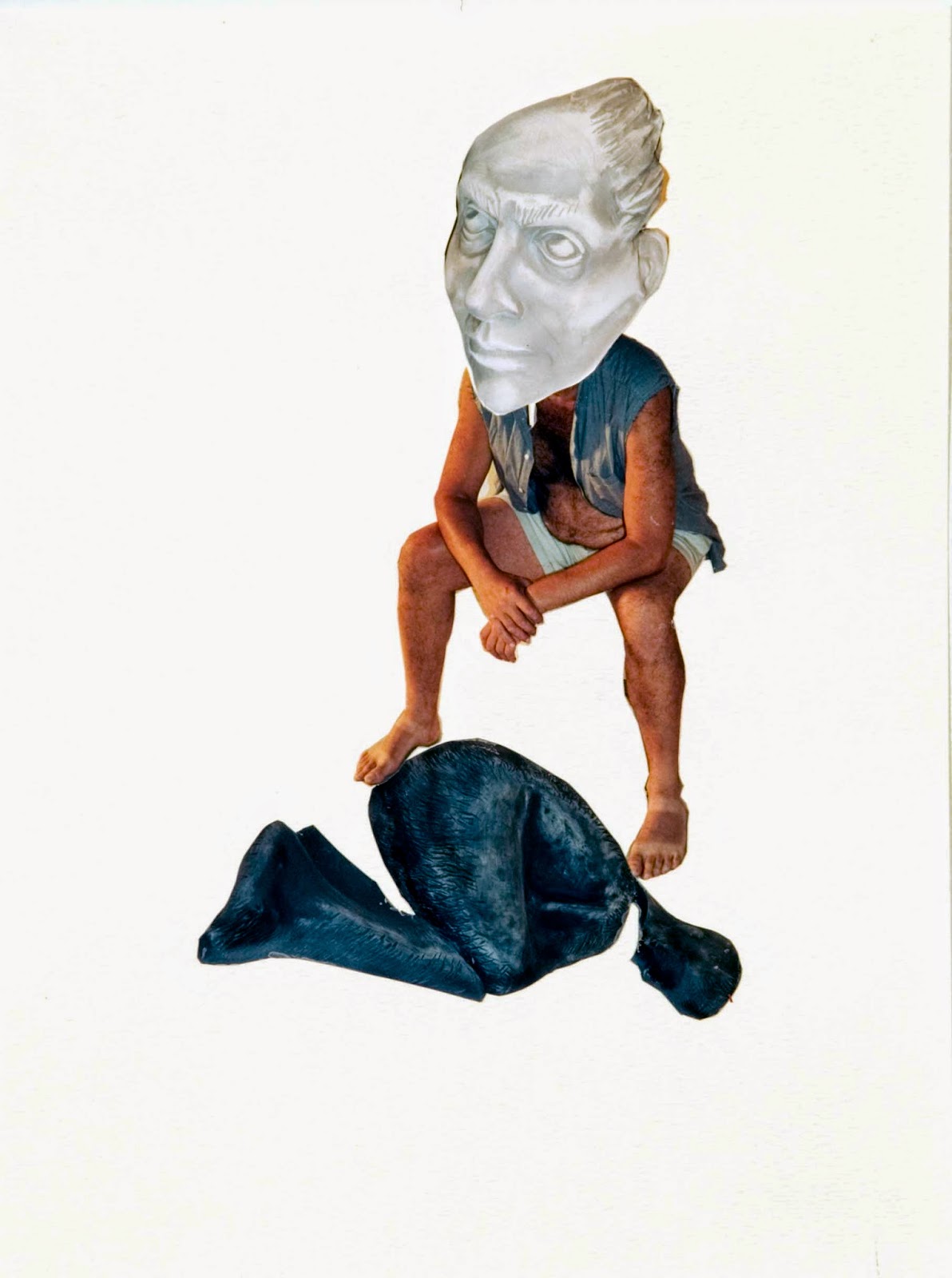Home
photo collage
I’ve been thinking about my life with clay.
In 1976, it was a course to take with my mother who needed to get out of
the house but stay close to home and a post-operative husband. We went to my
parents’ town’s civic centre where a clay class was being offered informally.
It was a ten-week, evening leisure class, and we met there after both our jobs,
once she’d seen to my father. My mother made coil pots and slab, leaf-shaped
bowls.
My first ever glazed clay piece was a terracotta pinch-pot that became a
turtle. My mother kept it. It became the first in her subsequent collection of
turtles. She collected so many over the years, stone, metal, glass and plastic
ones, turtle broaches and pendants, realistic ones and comic ones, even
children’s turtle paper clips, that I had two engraved on her footstone when
she died in 2007. Whatever they represent to the world, I think that to her,
they represented me.
Over the course of those ten weeks of evenings, I came to realize that
clay was my home. I mean that I had never felt at home with anything as I did
in the presence of clay ready to become whatever it allowed me to make of it.
It was the most generous, the most cooperative, the most imaginative, the most
communicative medium I had ever touched, but it demanded my full attention,
much like a life partner does. From then on I worked with it intently, totally
committed, and somehow communicated with it without difficulty though gesture
and touch. No other language had ever come as easily to me.
Not long after that first encounter, my first sustained series in clay was
a group of portraits of characters from stories I told to children at the time.
In terracotta still, they were high relief faces and heads. If I remember correctly,
the final series had fifteen of them, life-sized (what is the life size of an
elf?) and as expressively realistic as I could make them. I had always been interested in ‘the
figure’ but being able to give physical, three-dimensional life to people who
had lived full lives in my stories made me realize it is ‘the person’ I wanted
to represent in my art, not just ‘the figure’.
From these portraits, my clay work progressed to more and more complex images
using talc-body clay. One series referred to expressive personal objects as
stand-ins for the person, and another combined the modeled human form or parts
thereof with built structural environments. As I worked, my visual art was
increasingly inspired by the ‘internal’ person, not the external; that is, by
human psychology and philosophy. My most recent works are a type of narrative
that reveals thought and attempts to capture pivotal life moments or moments of
insight.
I love the
feel of clay in my hands as it warms and responds to my touch. I love its mass
and weight. I love the architectural and even engineering challenges it gives
me as it moves from slip to dough to leather hardness and greenware to bisque
to accepting colour, which changes upon firing. Each stage allows me to push
the clay into new directions, to use different tools, gestures and energy, to
delve deeper into my technique and my interpretation, and to discover new expressive
possibilities.
Of
course I enjoy using other media. I love to draw, and I’m getting back to
painting with acrylics. But no matter what technique I use to draw or paint, the
image is still flat; it is non-existent viewed from the side. For me, the
dimensionality of clay is as appealing as its malleability, its changeability
and its flexibility. For me, no other medium can beat that.


